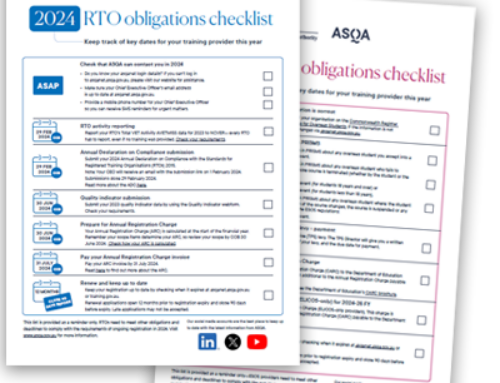More than 4,800 MBA programs across 83 countries use GMAT scores as a step in their respective student selection processes.
And if the test score is not decisive, at the very least, it can increase the chances of entering the most select classes of business schools around the world.
The test, based on concepts of mathematics English language, aims to mimic the challenges that executives may face in the practical routine of the programs. “The score is an indicator of whether or not you can handle parts of the MBA,” says Darrin Kerr, a partner at FK Partners.
So, not coincidentally, the GMAT test is, right off the bat, one of the main headaches for students seeking a place in one of the most renowned business education institutions around the globe. Check out tips on how to take test.
First Step to be admitted in your MBA
The first step in getting into any MBA programs is not to write the essay or ask for the best referral letters, but to take the GMAT test. The score you get on the exam is essential to guide all program-related decisions you will follow.
“In top-ranked business schools, the GMAT score point average is over 700 points,” says Darrin Kerr of FK Partners. “If you have a lower grade than that, you are probably wasting time participating in the selection process.”
Exam Structure
In all, the exam has 3 and a half hours. It sounds like a lot, but believe me, the time is short to overcome the 78 questions plus the two essays that make up the test.
| Section | Questions | Time |
| Analytical Writing | 2 essays | 30 min each |
| Quantitative | 37 | 75 min |
| Verbal | 41 | 75 min |
Essay
The written part of the GMAT does not enter the score that will be used in the MBA selection processes. Even though, it is worth to carefully elaborate both texts because business schools will have access to the grade you have.
“Candidates will have to take one or two essays for the MBA selection process and also have the English language proficiency exam score,” says the expert. “Having a good grade on the GMAT written exam shows consistency for the recruiters ”.
Maths
The content requested in the math test itself is not that hard. The questions generally address topics studied until high school.
The problem is in the way problems are elaborated. The exam has two styles of questions: problem solving or sufficient information.
In the first case, the idea is to show what is the correct answer. The problem is that they can sometimes induce you to go one way when you should go the other way. “They give a lot of information. The tip is to analyze what you need and don’t need to answer the question, ”says Kerr.
The highest degree of difficulty is in the issues of “Data Sufficiency”. In this style, you don’t have to give the correct answer, but choose what information is sufficient to solve the problem.
English Language Proficiency
Even the most fluent (and even native) choke on the verbal test. Reason? The race against time combined with very complex tests. On average, the texts are about 70 lines. As you can not return, the tip is to make notes on the ideas of the text.
In the part dedicated to grammar, the goal is to identify possible errors. Be very careful at this time – even natives do slips. To minimize errors, the solution is to practice (and a lot).
Time Management
Time is one of the major weaknesses of GMAT participants. “In real life, every executive needs to make quick decisions with little information,” says the expert. “At GMAT, the idea is not to show how much you know about algebra. But, yes, what you can do in 75 minutes.
Thinking is too easy? This might be a problem
The GMAT software is a Computer Adaptive Test (CAT). In other words, the questions fit the level of the person taking the test.
“If you make a mistake, the next one will be easier,” explains Kerr. If you get it right, harder. Then, pay extra attention to the questions are too easy for you. Something may be very wrong in your answers.
So practice is the answer to get an excellent score and guarantee your MBA admission.





Leave A Comment